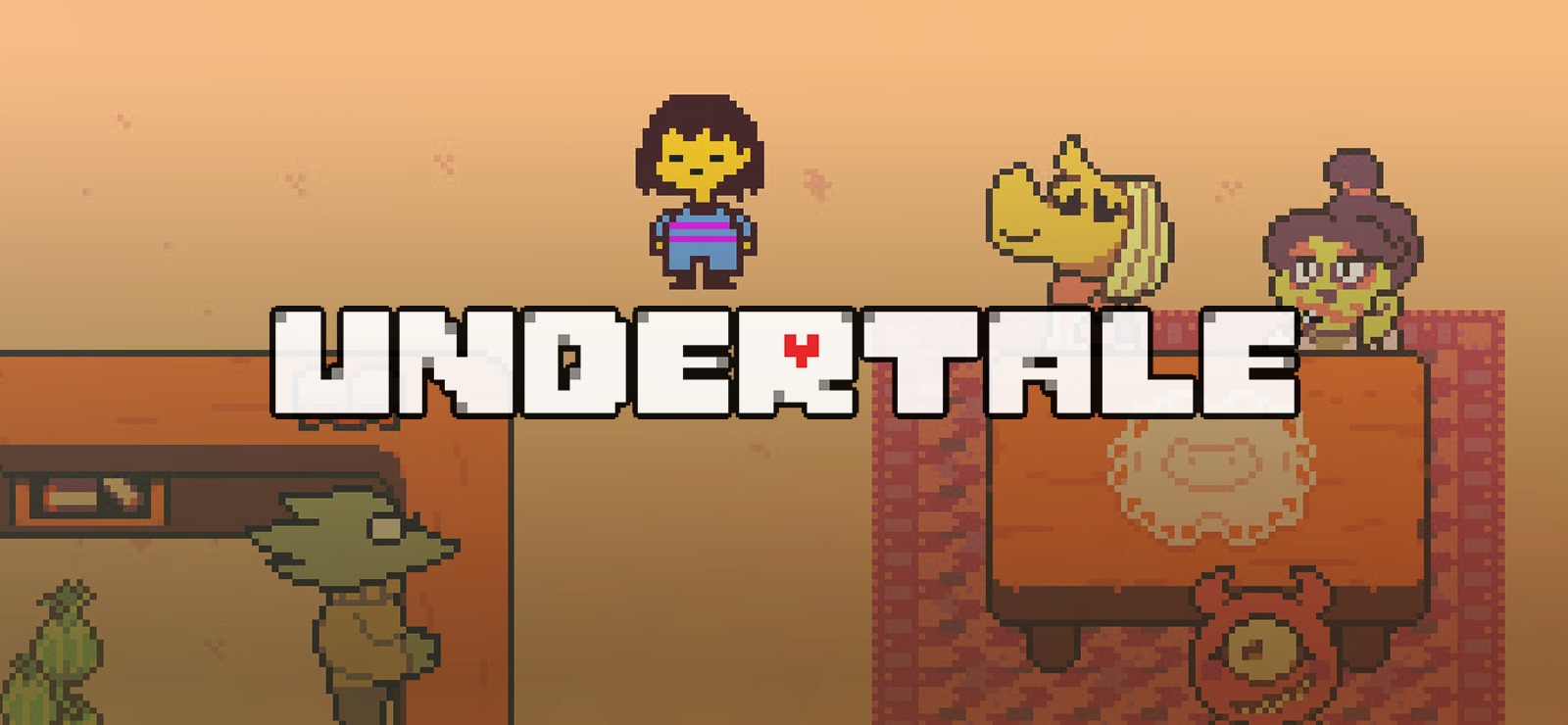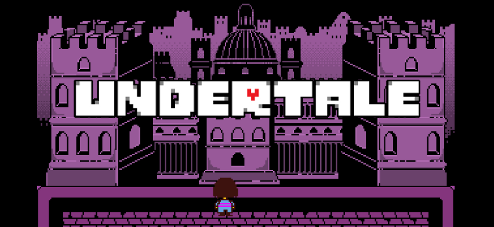

When that happens, hyperPad will assume the image you're importing is 4x the original size (currently assumes 2x), and will create lower resolutions for you for each device.

Especially if you're working on a non-retina device, and someone on retina plays your game.īy creating your graphics in retina first, your game will look good on every device, rather than just yours.Īlso, in the next update when we introduce iPhone support you will have to think about additional resolutions and sizes if you want to have your games playable on an iPhone. This can result in some poor results, and maybe even blurry graphics, or pixelated graphics.

Instead it will just use your image and scale it to fit dynamically. What will happen is that hyperPad will not create a non-retina version for you. So when you're designing your graphics, remember to work in the highest resolution available (retina), and remember that things are positioned and measured in points. What this means is that an image twice the size is needed to appear the same as a normal iPad. on a retina iPad, the screen resolution is double (2048X1536), but the scree is still 1024x768 points.a non retina iPad has a resolution of 1024x768.Since hyperPad assumes the original 512x512 is the retina version. This is actually used as a 256x256 point image. You import it into hyperPad with the toggle off. Because your original image started off to small.


 0 kommentar(er)
0 kommentar(er)
